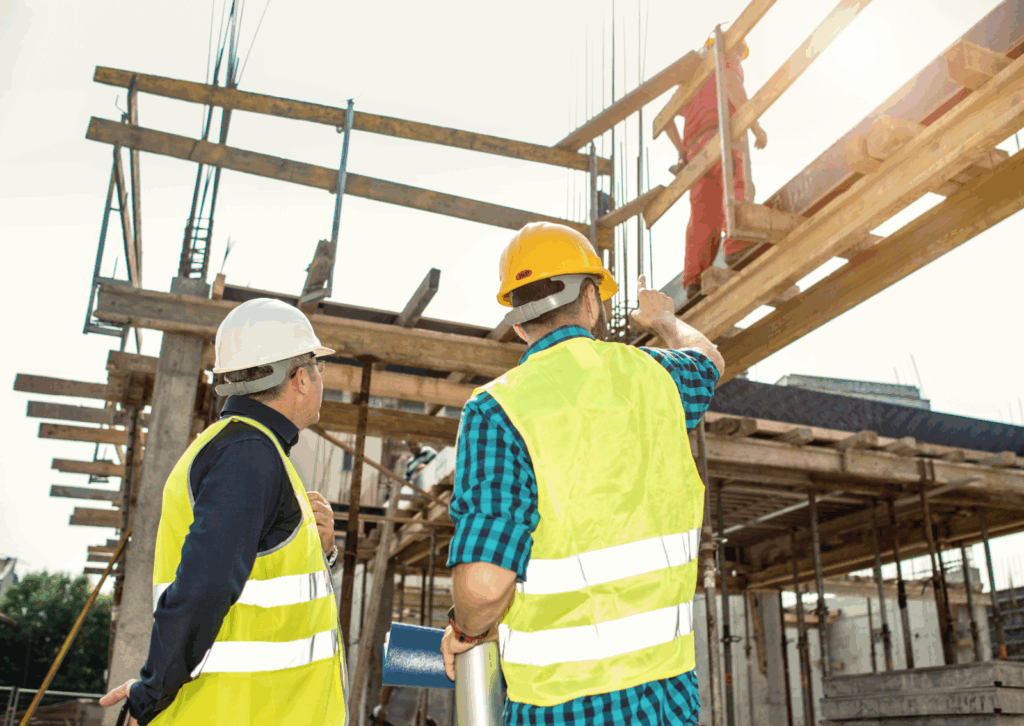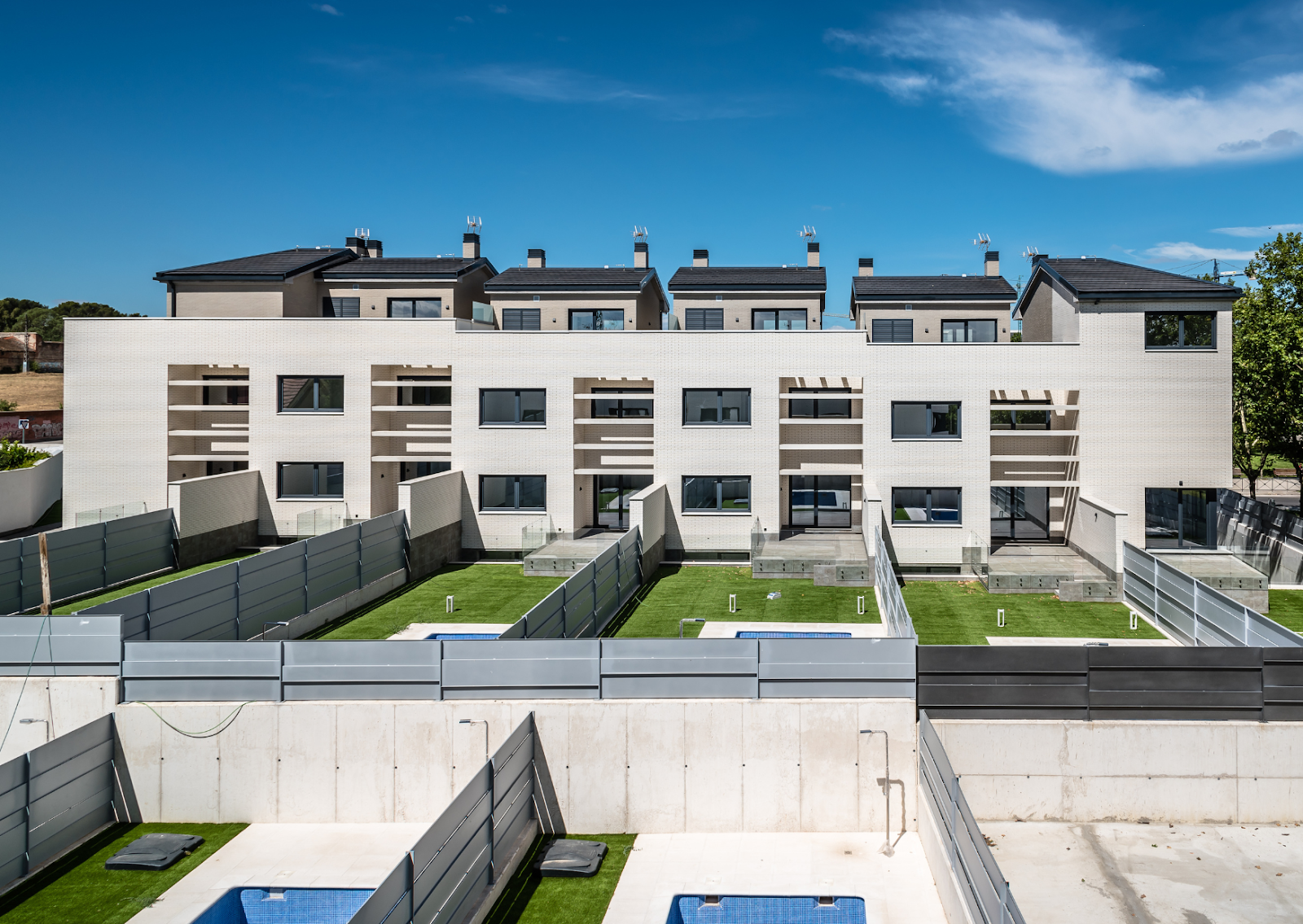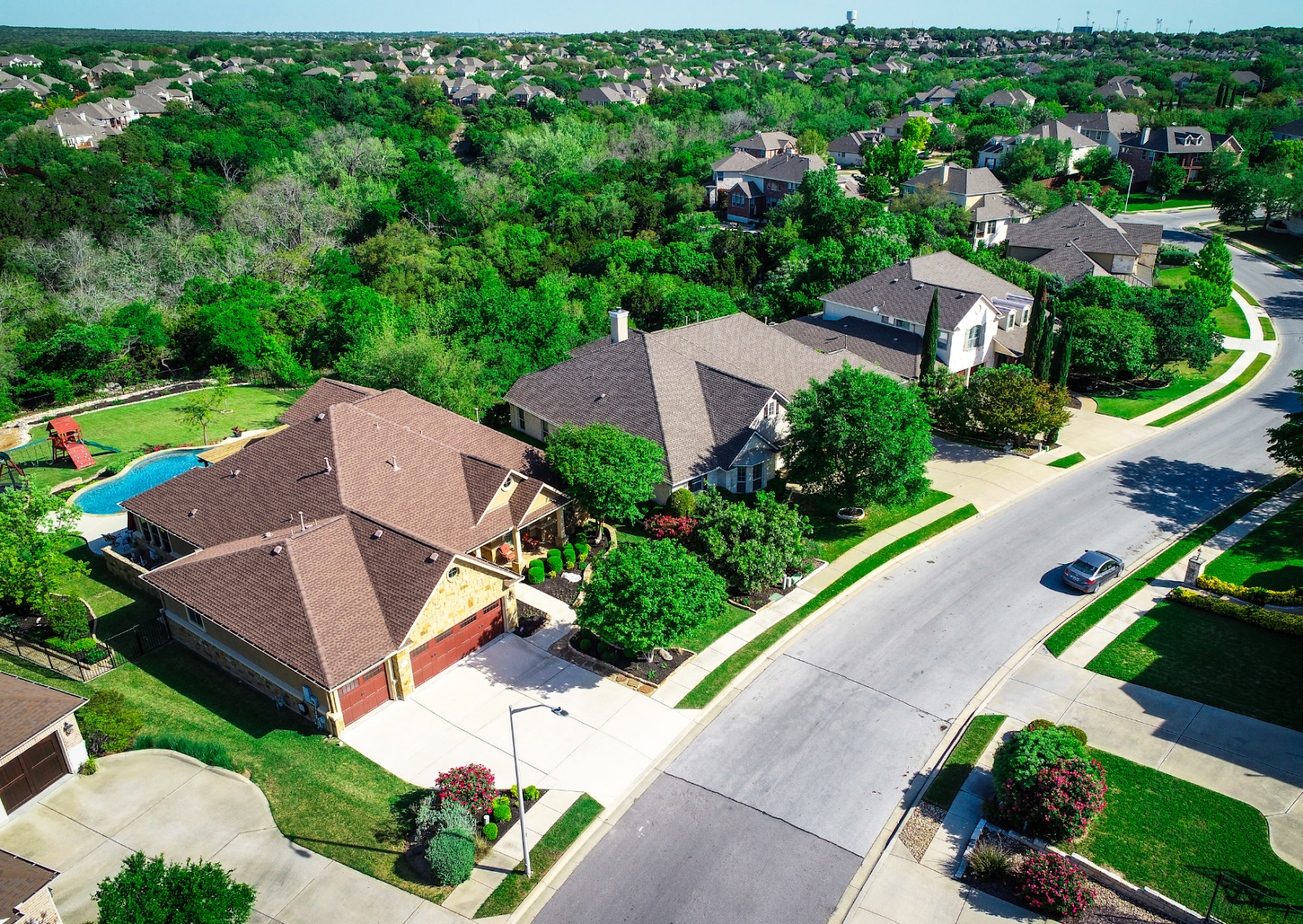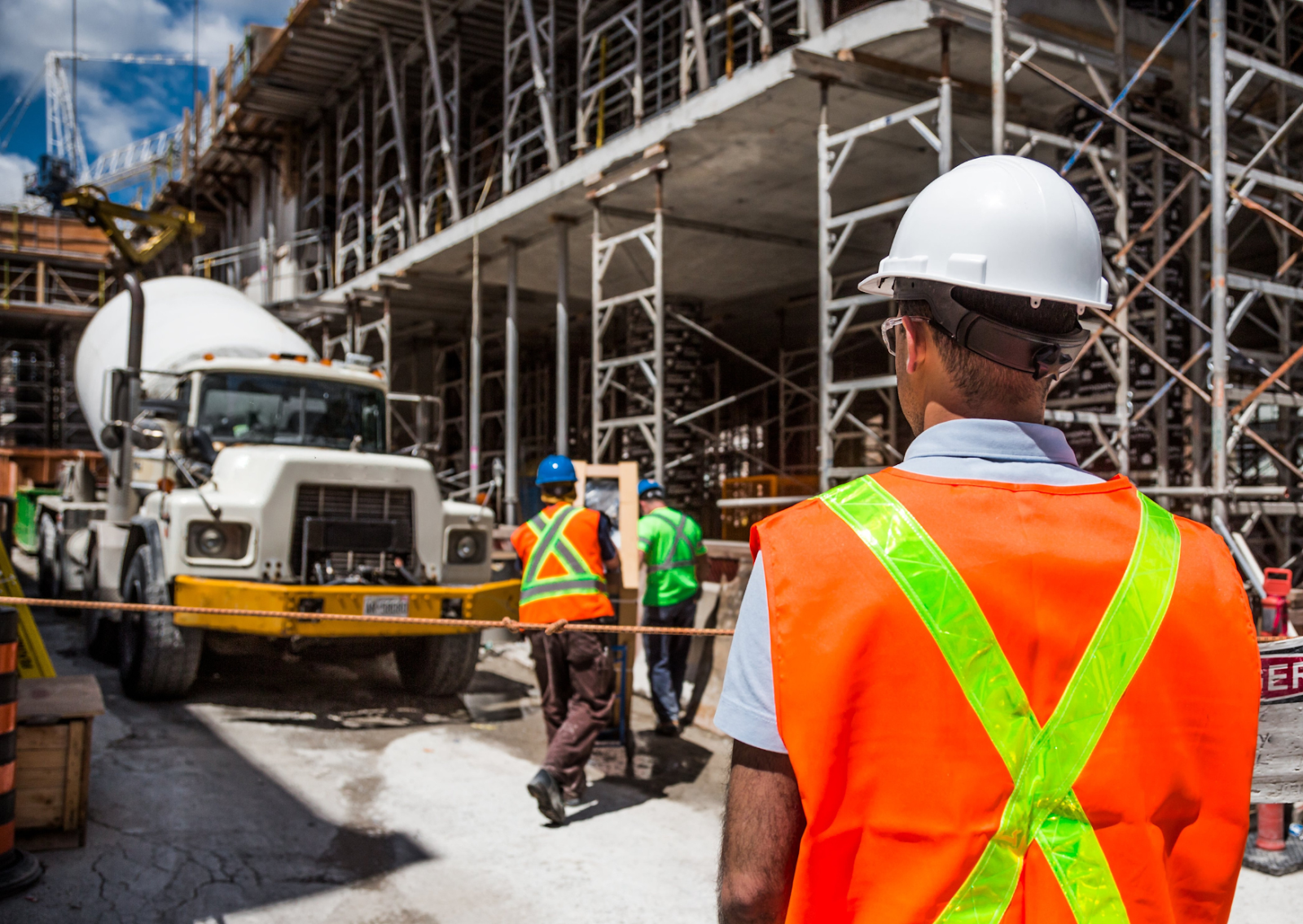What Is Construction Phasing and Why Is It Essential for Project Success?
Construction phasing is a strategic method of breaking a construction project into manageable segments or phases. This phased approach enables more efficient scheduling, coordination, and use of resources throughout the life cycle of a project. Especially in dense urban areas like Los Angeles, where pre-construction planning must align with stringent local regulations, effective phasing can determine whether a development meets deadlines and budgets—or falls behind.
By separating complex construction projects into logical sequences, teams can address unique site challenges, allocate resources wisely, and make real-time adjustments without disrupting the entire project plan. This strategy also helps accommodate changing demands from stakeholders, compliance requirements, and unexpected delays due to weather or material availability.
How Do the Phases of Construction Shape the Overall Project Plan?
A well-structured construction project is typically divided into several construction phases:
- Pre-Construction: Includes feasibility studies, site acquisition, permitting, and design.
- Site Preparation: Clearing, grading, and ensuring the site meets city and environmental codes.
- Foundation and Structural Work: Laying the groundwork and core framework for the building.
- Systems Installation: Electrical, HVAC, plumbing, and fire protection systems are added.
- Interior and Exterior Finishes: Final design elements like paint, fixtures, flooring, and exterior facade.
- Final Inspections and Handover: Quality checks and compliance with local regulations.
Each phase serves as a milestone, helping project managers monitor construction activities and respond proactively to issues before they escalate. This phased approach supports more transparent project construction workflows.
What Role Does Construction Phasing Play in Pre-Construction Planning in Los Angeles?
In Los Angeles, the pre-construction phase is often the most critical due to strict local ordinances and zoning laws. Construction phasing at this stage involves developing a detailed construction schedule that aligns with feasibility studies, environmental requirements, and community impact concerns.
Key components include:
- Site Selection and Acquisition: Choosing parcels based on accessibility, proximity to transit, and alignment with zoning.
- Design and Planning: Integrating design with Los Angeles building codes and architectural aesthetics.
- Permitting and Approvals: Securing permits across departments, including environmental clearances and historical reviews.
By creating a phasing plan early, developers can time their submissions, inspections, and approvals with each project phase, reducing bottlenecks.
How Does a Phasing Approach Improve Scheduling and Resource Allocation?
When phasing construction is executed correctly, it directly enhances the construction schedule. Rather than waiting for one phase to fully complete before beginning the next, contractors can overlap tasks using a technique called phase stacking.
For instance:
- Site grading may begin while foundation engineering is still undergoing permit approvals.
- Framing on one wing of a facility can start as utilities are installed in another.
This simultaneous scheduling accelerates project timelines and allows for flexibility in work sequencing. Furthermore, staggered resource deployment helps control costs by reducing idle time and preventing workforce congestion at the site.
What Are the Benefits of Using Construction Phasing for Project Management?
Adopting a phased construction model offers several project management benefits:
- Improved Cost Control: Budgeting by project phases allows for real-time tracking and adjustment.
- Enhanced Communication: Teams can clearly understand timelines and responsibilities per phase.
- Risk Mitigation: Problems in one phase can be resolved before impacting the next.
- Scalability: Easily accommodates changes in scope without disrupting the entire project plan.
- Stakeholder Confidence: Clients and investors can monitor progress more transparently.
Using construction phasing as a project management tool ensures that all moving parts—from contractors to vendors—work in coordination with each phase.
How Does Phase Stacking Optimize Workflows and Timelines?
Phase stacking is a technique that involves overlapping certain project phases to maximize efficiency. Instead of a linear path, teams adopt a partially parallel execution model.
This works particularly well in Los Angeles where project delays can occur due to inspections, environmental reviews, or public input. With phase stacking:
- Procurement and site mobilization can occur simultaneously.
- Interior design elements may be finalized while structural work is ongoing.
- Contracting with vendors can happen during the permitting stage.
This technique shortens the construction schedule and allows for continuous progress even when certain elements are awaiting approval.
How Are Construction Activities Prioritized in a Phased Approach?
To prioritize construction activities within a phased system, teams rely on the project’s scope, regulatory milestones, and resource availability. Key prioritization strategies include:
- Dependency Mapping: Identifying which tasks must precede others.
- Critical Path Method (CPM): A scheduling technique to determine the longest stretch of dependent activities.
- Risk Forecasting: Recognizing which project phases pose the highest risk or delay potential.
This ensures that each construction phase builds upon the previous one, resulting in an efficient and organized work progression. For example, in mixed-use developments in LA, residential tower construction may begin while retail spaces are still under design, aligning with overall project phasing.
How Can Construction Phasing Help Navigate Local Regulations and Permits in Los Angeles?
In Los Angeles, securing permits and complying with regulations can cause significant delays if not planned properly. Construction phasing provides a way to align each phase of work with the required local approvals.
This includes:
- Zoning reviews specific to each project phase
- Environmental impact assessments scheduled based on site development
- Community meetings timed with design presentations
- Building permits applied for per construction phase
Segmenting these requirements ensures no single permit delays the entire project. Developers also gain greater flexibility when submitting documents and scheduling inspections.
Why Should Developers Use a Phased Strategy for Complex Projects?
For complex builds—like multifamily housing, commercial facilities, or mixed-use developments—a phased strategy reduces risk, enhances collaboration, and supports adaptive planning.
Advantages include:
- Faster Occupancy: Certain parts of the facility can open while others are still under construction.
- Cost Management: Resource allocation is optimized per construction phase.
- Design Flexibility: Later project phases can integrate lessons learned from earlier stages.
- Stakeholder Buy-In: Investors can see measurable progress, boosting confidence.
This is especially valuable in Los Angeles, where development timelines are tight, and adaptive strategies are necessary to meet market demand.
Ready to Bring Your Project Vision to Life?
If you’re planning a construction project in Los Angeles, don’t leave your success to chance. At MID Construction Group, we specialise in comprehensive pre-construction services with strategic construction phasing built into every project plan. Whether you’re developing multi-unit housing, a retail facility, or a mixed-use space, our phased approach ensures efficiency, compliance, and timely delivery.
Partner with MID Construction Group to:
- Streamline permitting and compliance
- Maximize your construction schedule
- Minimize delays and cost overruns
- Execute phase stacking strategies that work
Visit MID Construction Group to get started today or call today for more information!
Final Thoughts
Construction phasing is more than just a buzzword—it’s a proven strategy for managing complex development projects, especially in regulation-heavy environments like Los Angeles. From site selection and permitting to phase stacking and risk mitigation, a well-thought-out phasing approach helps projects stay on track, within budget, and aligned with stakeholder expectations.
With the right partner and a thoughtful strategy, construction phasing can turn any ambitious vision into a successful, well-executed reality.
Works Cited
“Pre-Construction Services.” MID Construction Group, https://midconstruction.com/services/pre-construction/. Accessed 25 July 2025.
“Construction Project Management Basics.” Project Management Institute (PMI), https://www.pmi.org/learning/library/construction-project-management-11229. Accessed 25 July 2025.
“Phased Construction.” WBDG – Whole Building Design Guide, National Institute of Building Sciences, https://www.wbdg.org/resources/phased-construction. Accessed 25 July 2025.
“Construction Industry Trends and Forecasts.” U.S. Bureau of Labor Statistics, https://www.bls.gov/iag/tgs/iag23.htm. Accessed 25 July 2025.
“Permit Process Overview.” Los Angeles Department of Building and Safety, https://www.ladbs.org/services/core-services/plan-check-permit. Accessed 25 July 2025.
Frequently Asked Questions
1. What is construction phasing and why is it important?
Construction phasing is the process of dividing a construction project into manageable stages or phases. It helps streamline scheduling, manage resources efficiently, and reduce the risks of delays and budget overruns.
2. How does construction phasing help in pre-construction planning in Los Angeles?
In Los Angeles, construction phasing allows developers to align site acquisition, permitting, environmental reviews, and community engagement with specific project phases, ensuring smoother approvals and project flow.
3. What is phase stacking in construction, and how does it improve scheduling?
Phase stacking is the technique of overlapping certain construction phases—such as starting procurement while permitting is in progress—to accelerate timelines and minimise downtime.
4. How can developers prioritise construction activities in a phased approach?
Using tools like dependency mapping and the Critical Path Method (CPM), developers can sequence tasks efficiently, focusing on high-impact phases and addressing potential risks early.
5. Why should large or complex projects use a phased strategy?
A phased approach allows for faster occupancy, better cost control, and improved adaptability. It’s especially useful in complex builds like multifamily housing or mixed-use developments where timelines and resources must be closely managed.





